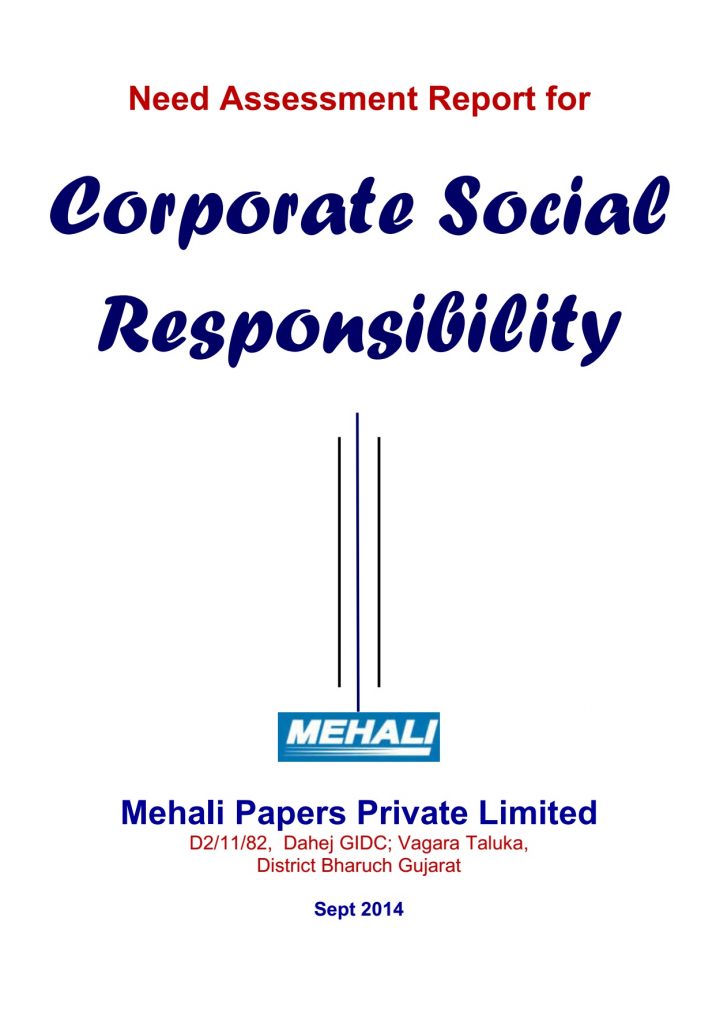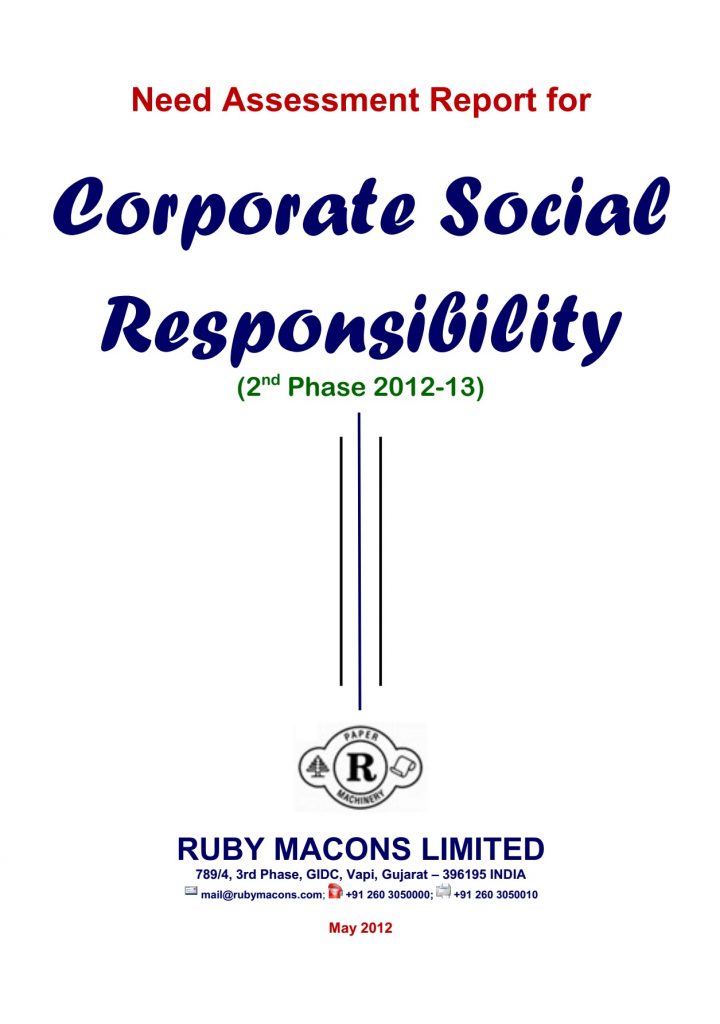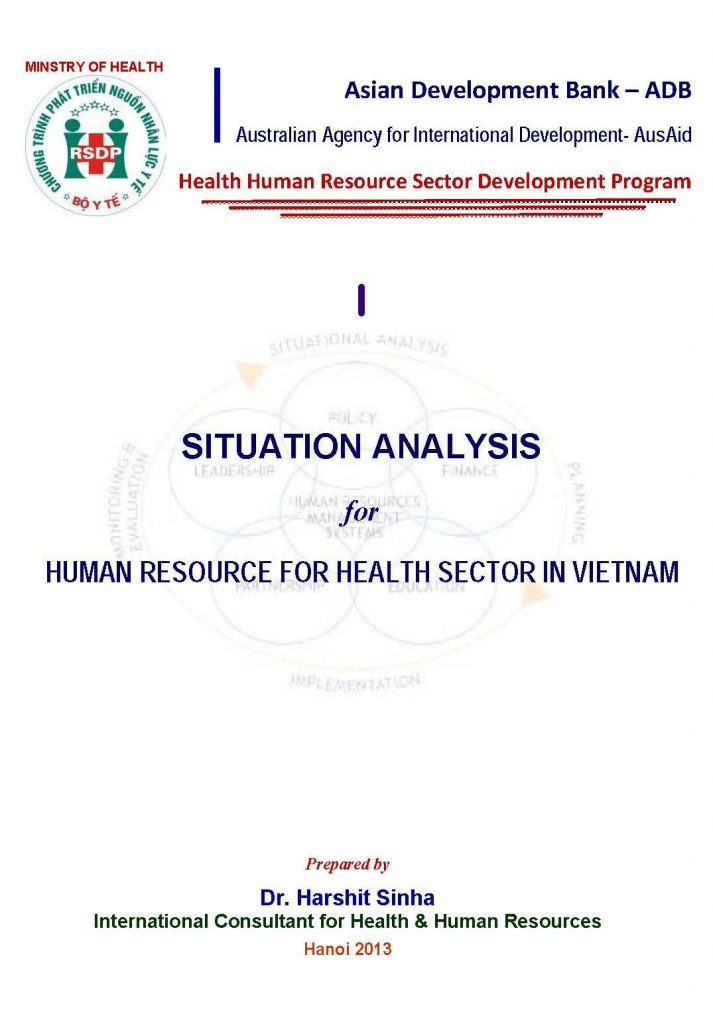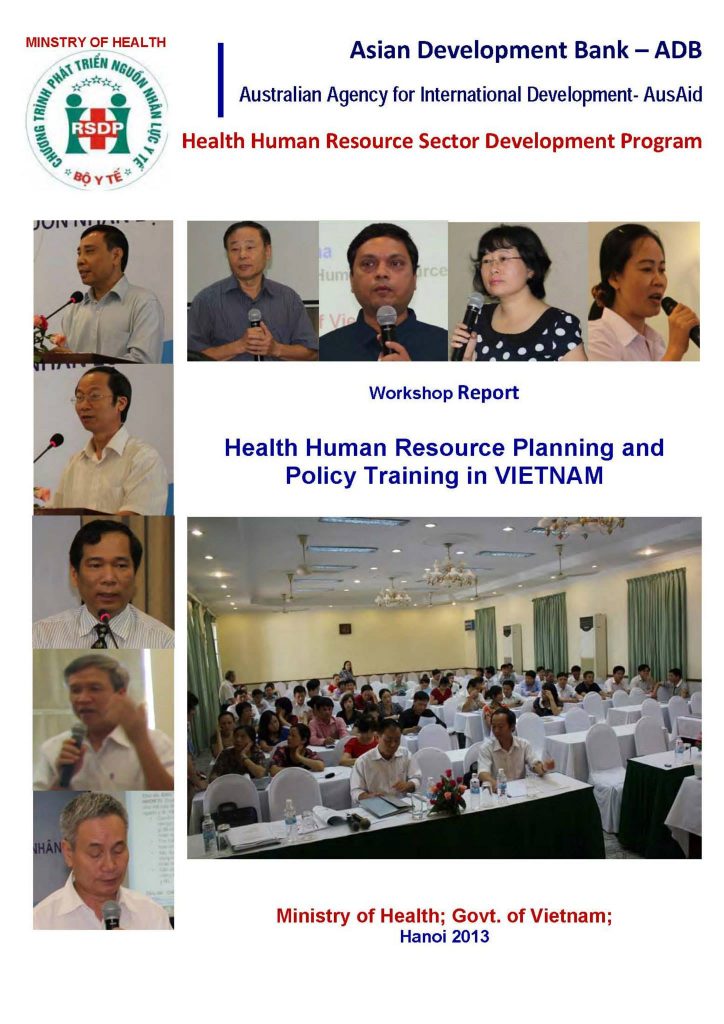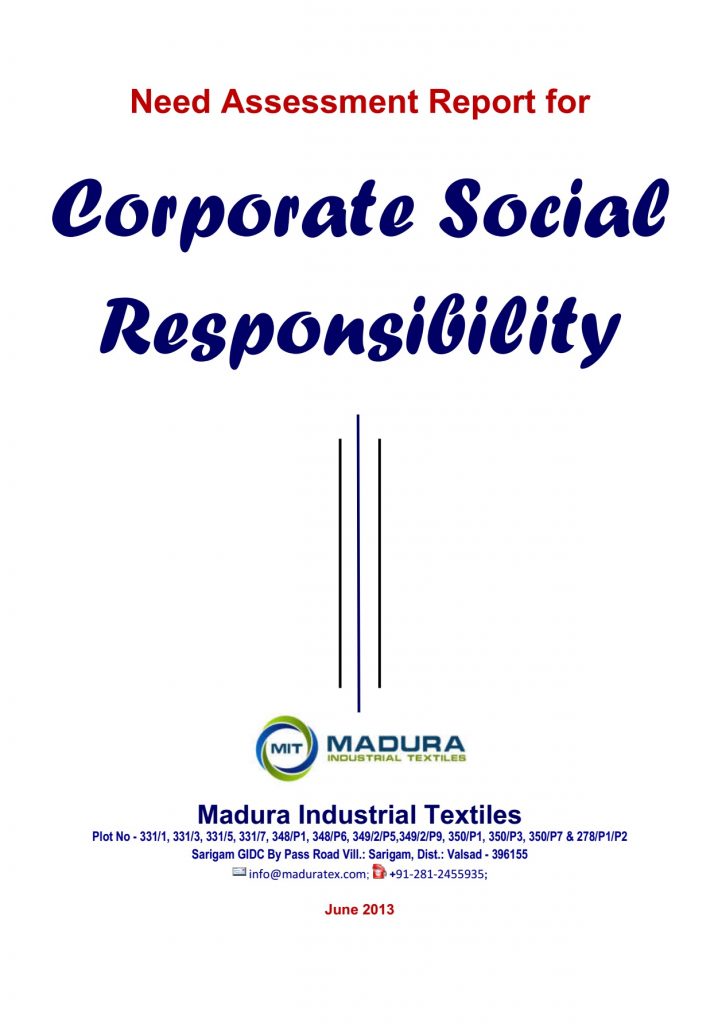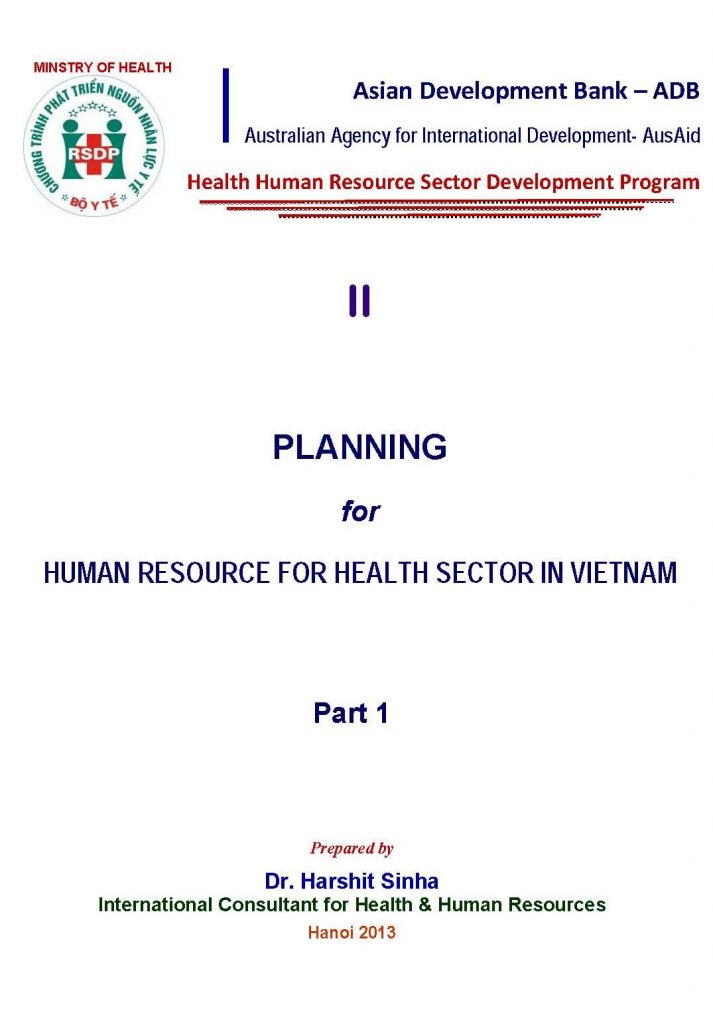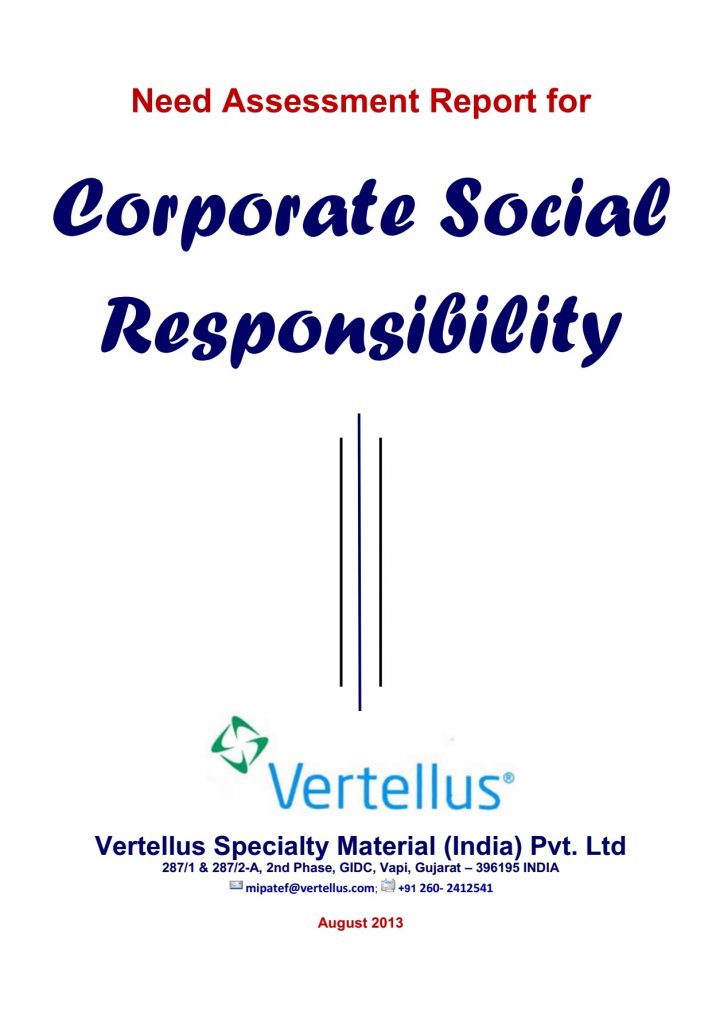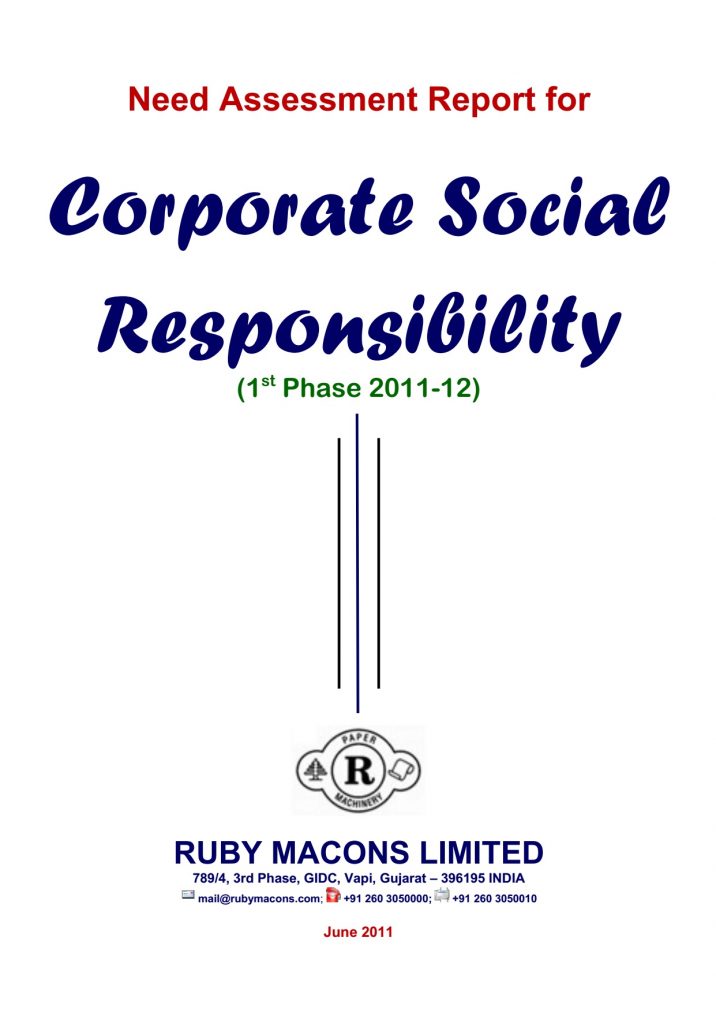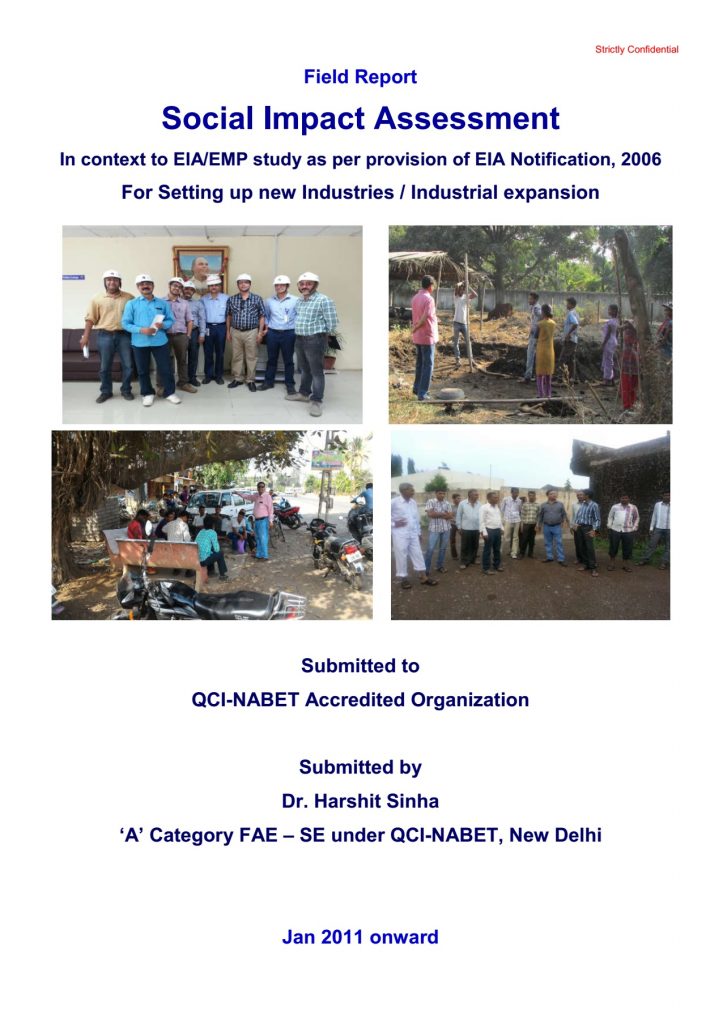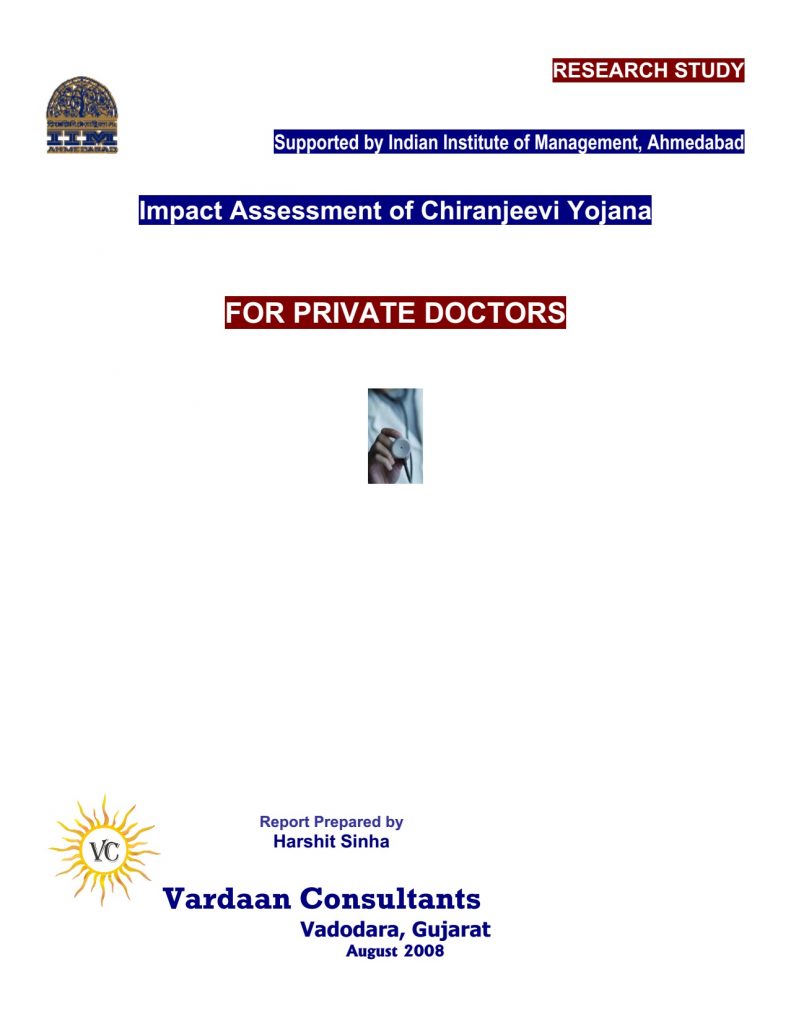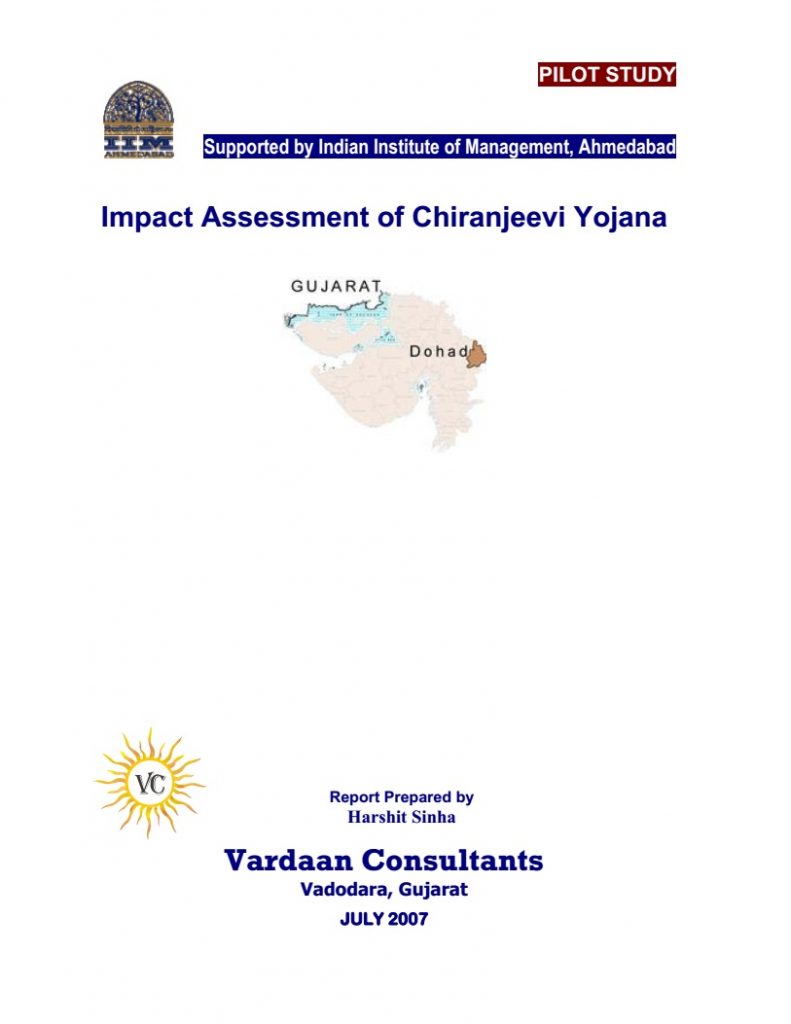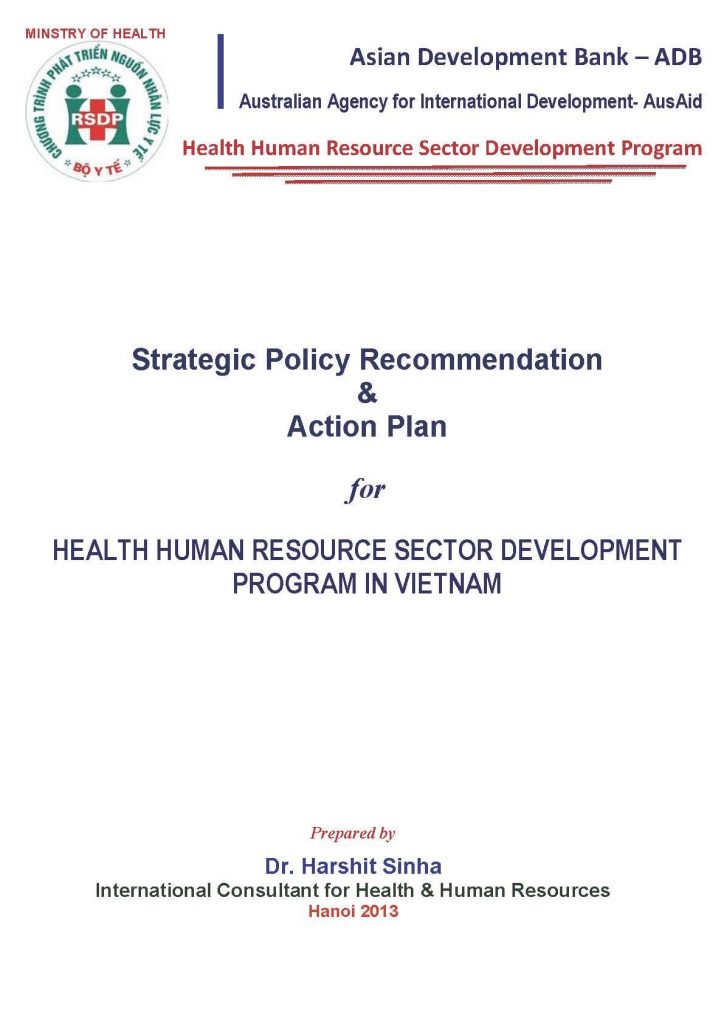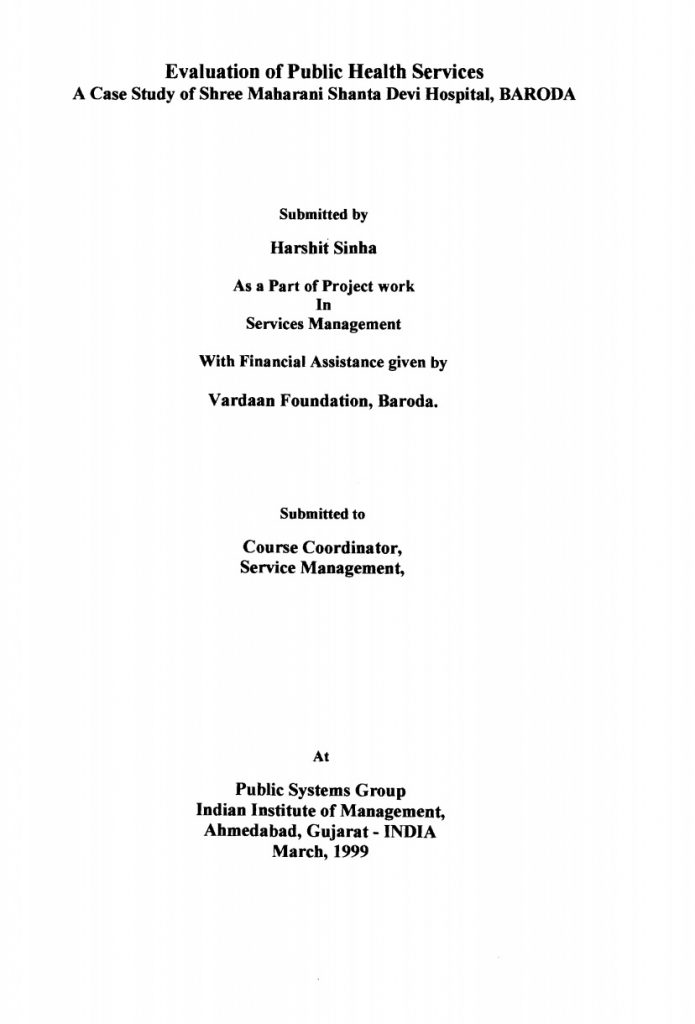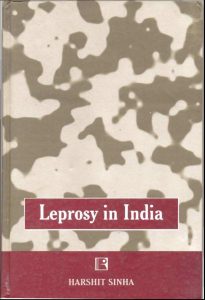The project with the aim for the effective management of the PHC set up through PRI members is being conducted in the Ferozpur Jhirkha – a backward block of Gurgaon district. The baseline survey emphasize on assessment of the impact of the interventions in improving, sustaining and providing quality of health and family planning services to the resident community. The idea behind such study is to prepare a strategy involving Panchayati Raj Institutions members for an effective management of PHC set up and creates a model PHC that not only sustains, but also provides quality of health and family planning services. In order to test the above-mentioned strategy, a baseline survey was executed in the nine project villages to generate the benchmarks estimates for various indicators in the project area, measure the impact of the public health services, analyze the role of the district health officials, Panchayati Raj institutions, and grassroot level NGO and civil society. Situation analysis of the services center (PHC/SC) for manpower, materials supplies, training needs and quality of care was also explored. About seven different data schedule were used to collect the baseline information from three PHCs and six sub-centers under the defined criteria. Circulation: Restricted for more details contact drharshitsinha@consultant.com

